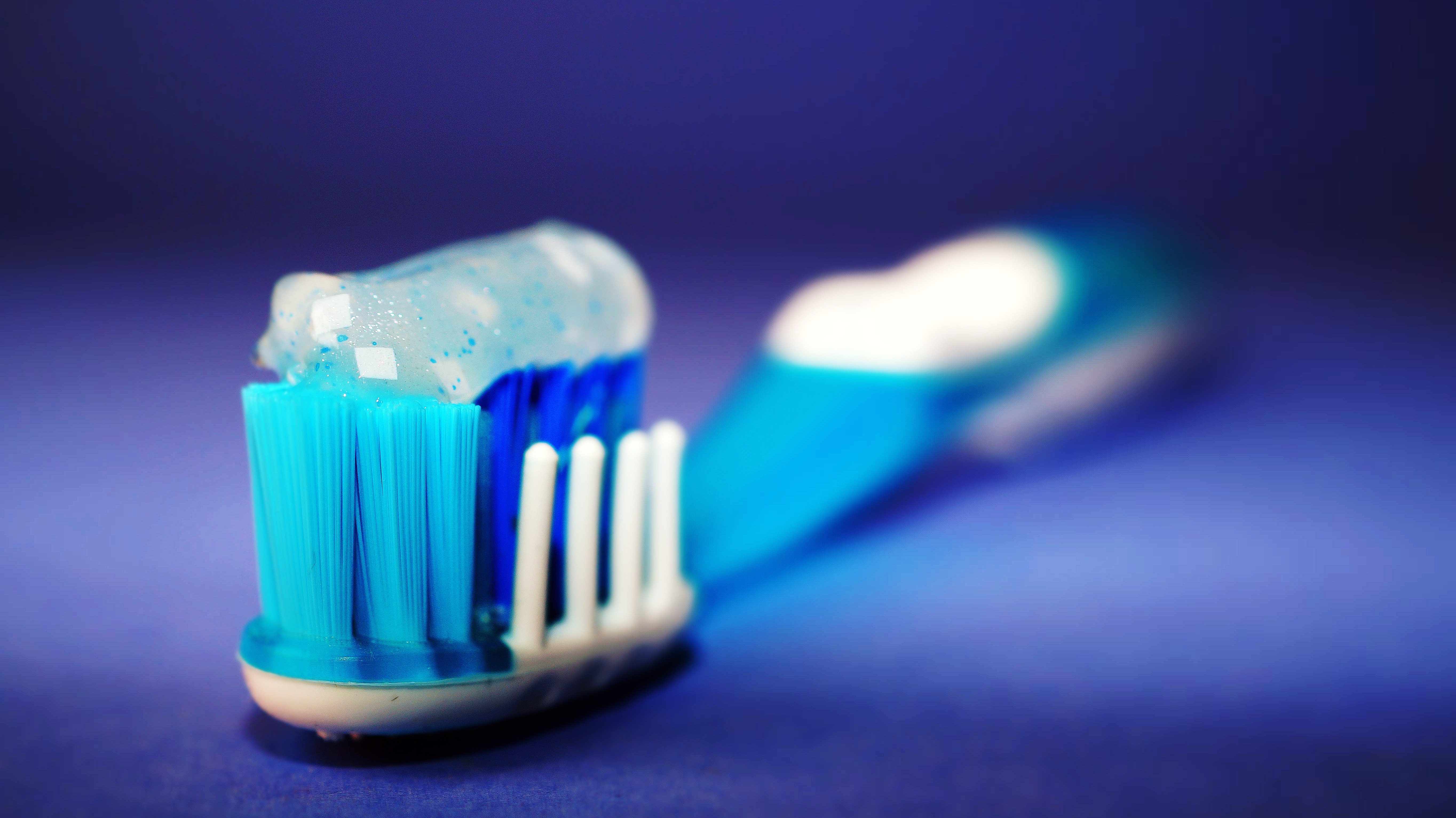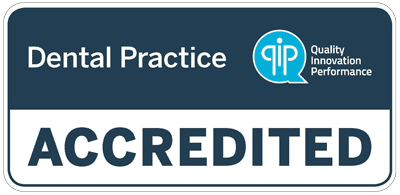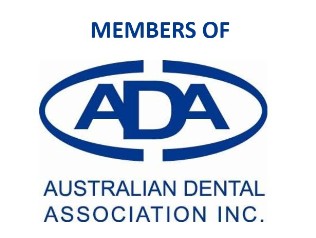7 Most Common Toothbrushing Mistakes
Are you brushing your teeth correctly? These 7 mistakes are so common, and most people don’t even realise they are making them!
1. Brushing too hard.
Brushing harder doesn’t necessarily mean that you’ll be cleaning your teeth better. In fact, a lot of patients do not realise that they are damaging their teeth. Brushing too hard over time can wear away the enamel of your teeth. This condition is commonly known as toothbrush abrasion, and can result in other problems such as tooth sensitivity, tooth fracture or infection.
If you’re not too sure if you’re being too heavy-handed, ask your dentist next time if you have any signs of toothbrush abrasion on your teeth. The great news is that with modern electric toothbrushes, you don’t have to exert any pressure at all when brushing. So this is a great option for those that might be heavy brushers.
2. Brushing too quickly.
We’ve all been guilty of not brushing for long enough, or doing a ‘quick brush’. It’s recommended to brush for 2 minutes in total. If you don’t have an electric toothbrush with a 2 minute timer, try out an egg timer or just use your phone. You might be surprised how much you come short of the 2 minute mark!
3. Brushing side to side.
Contrary to popular belief, the best brushing technique isn’t a side to side motion. It is in fact to use small round circles as you brush all the surfaces of your teeth. This technique is called the Modified Bass Technique. If you really want to be a toothbrushing pro, try out the ‘gum flick’ which is included in the technique. Read more about it here.
4. Not brushing your gums.
That’s right, even though we commonly call it ‘toothbrushing’, it’s also crucial that we brush our gums too! The gum lines are an area where a lot of bacteria tend to collect, so it’s important that your bristles do get to your gum limes as well!
5. Not changing your toothbrush regularly enough.
It’s recommended to change your toothbrush every 3 months. Most brushes nowadays have an indicator line which is great for reminding you. If your brush is starting to look a little bare and the bristles are curved, chances are you are overdue for a change!
6. Using a toothbrush with bristles that are too coarse.
Next time you purchase a manual toothbrush, look carefully for the bristle type. There are commonly a few types of bristles, hard, medium, soft, and sometimes extra-soft. It’s recommended to use a soft or extra-soft bristle brush. A medium or hard bristle brush can be too coarse, and coupled with heavy brushing, can also cause toothbrush abrasion.
7. Not flossing daily.
Your brush just can’t get into the spots in between your teeth where they touch. This is where floss, interdental brushes or flossettes are essential on a daily basis. They help remove food debris and bacteria, so you’ll be less likely to get tooth decay in between your teeth.






